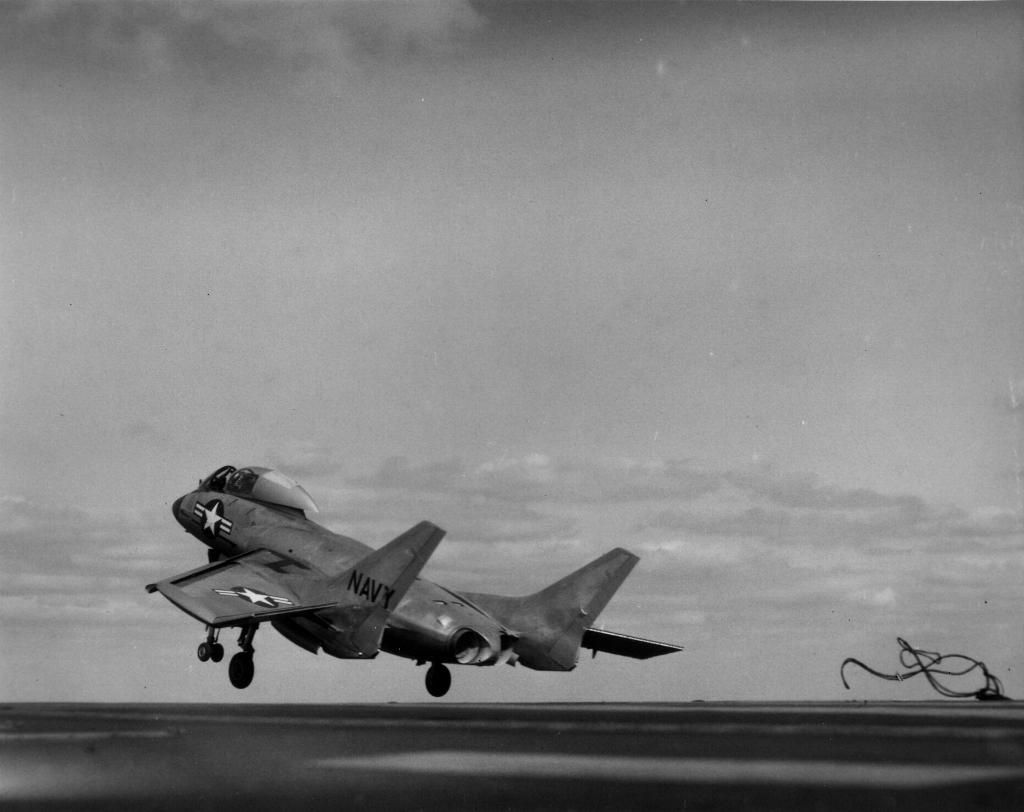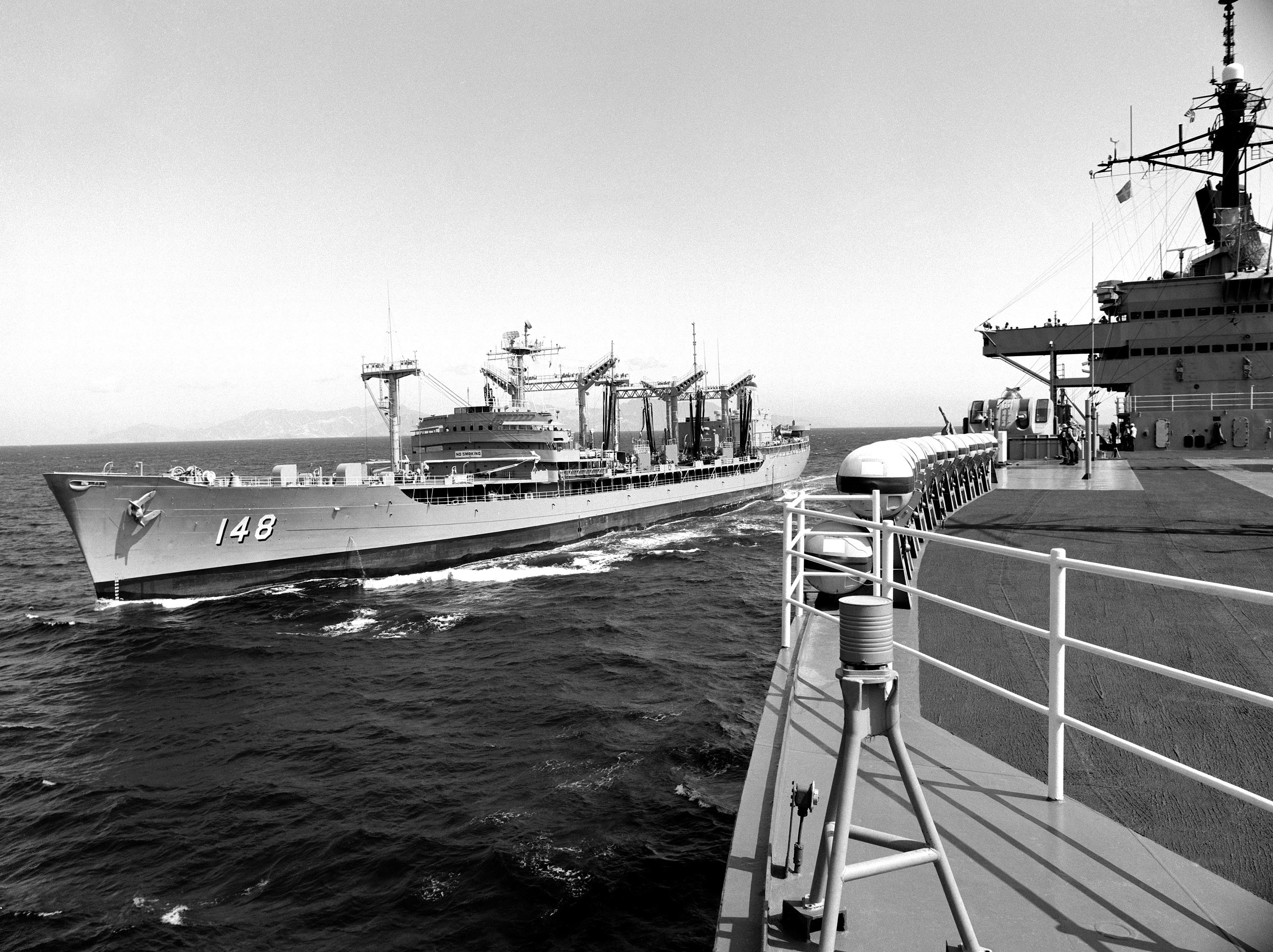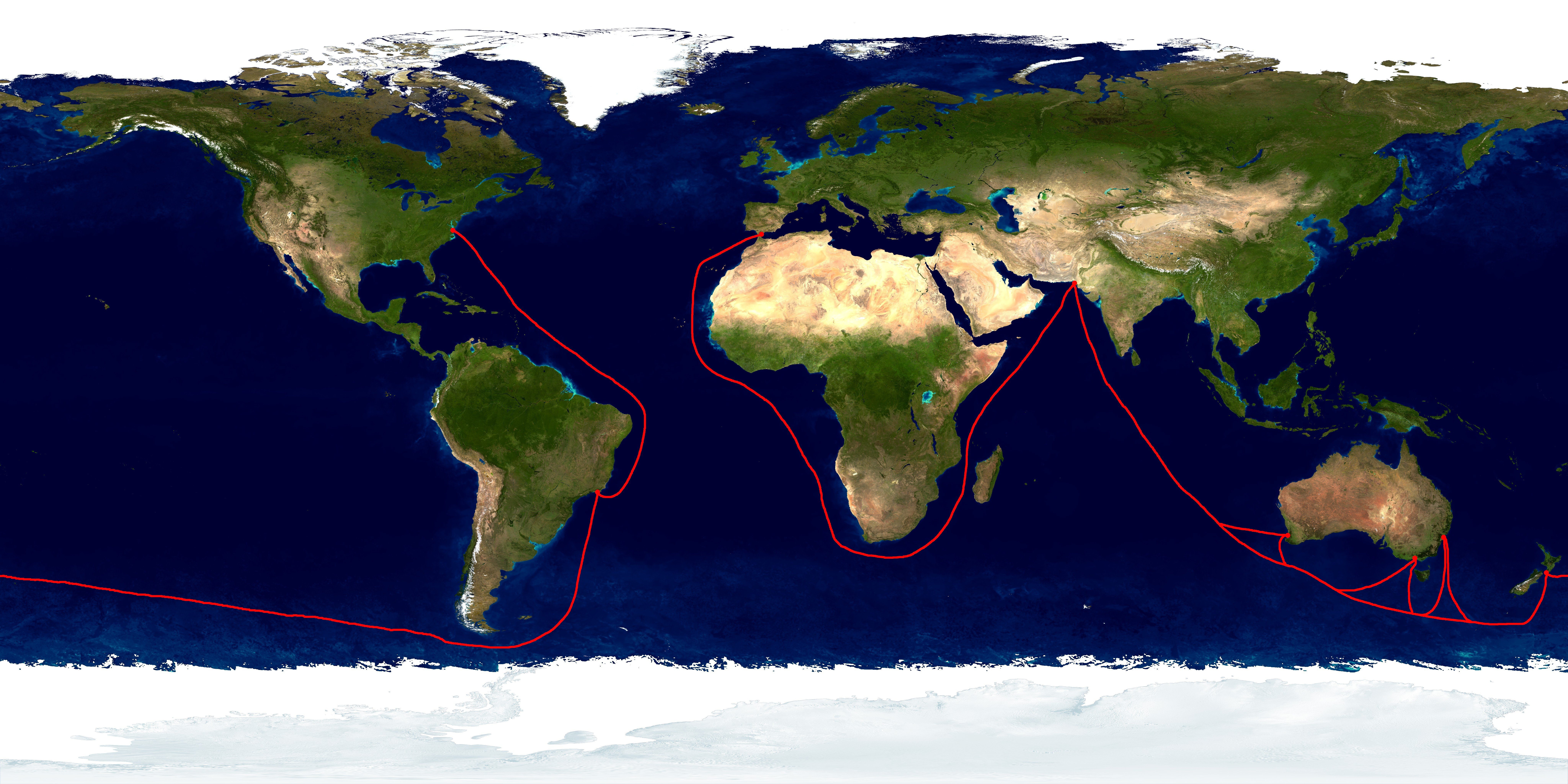|
Richard Dunleavy
Admiral Richard Michael Dunleavy (born April 25, 1933) is a retired US naval officer. He retired as a two-star rear admiral in 1992 after being demoted from the rank of three-star vice admiral as a result of the Tailhook scandal The Tailhook scandal was a military scandal in which United States Navy and U.S. Marine Corps aviation officers were alleged to have sexually assaulted up to 83 women and seven men, or otherwise engaged in "improper and indecent" conduct at t ....Lewis, Neil A. "Tailhook Affair Brings Censure Of 3 Admirals" The New York Times, October 16, 1993 Early life Dunleavy was born and raised in Boston. He attended Boston College and graduated in 1955.USS Coral Sea ...[...More Info...] [...Related Items...] OR: [Wikipedia] [Google] [Baidu] |
United States
The United States of America (U.S.A. or USA), commonly known as the United States (U.S. or US) or America, is a country primarily located in North America. It consists of 50 states, a federal district, five major unincorporated territories, nine Minor Outlying Islands, and 326 Indian reservations. The United States is also in free association with three Pacific Island sovereign states: the Federated States of Micronesia, the Marshall Islands, and the Republic of Palau. It is the world's third-largest country by both land and total area. It shares land borders with Canada to its north and with Mexico to its south and has maritime borders with the Bahamas, Cuba, Russia, and other nations. With a population of over 333 million, it is the most populous country in the Americas and the third most populous in the world. The national capital of the United States is Washington, D.C. and its most populous city and principal financial center is New York City. Paleo-Americ ... [...More Info...] [...Related Items...] OR: [Wikipedia] [Google] [Baidu] |
RA-5C Vigilante
The North American A-5 Vigilante was an American carrier-based supersonic bomber designed and built by North American Aviation (NAA) for the United States Navy. Prior to 1962 unification of Navy and Air Force designations, it was designated the A3J Vigilante.Wagner 1982, p. 361. Development of the A-5 had started in 1954 as a private venture by NAA, who sought to produce a capable supersonic long distance bomber as a successor to the abortive North American XA2J Super Savage. It was a large and complex aircraft that incorporated several innovative features, such as being the first bomber to feature a digital computer, while its ability to attain speeds of up to Mach 2 while carrying a nuclear strike payload was also relatively ambitious for the era. The US Navy saw the value of such a bomber, leading to a contract for its full development and production being issued to the firm on 29 August 1956. The type performed its first flight just over two years later, on 31 August 1958 ... [...More Info...] [...Related Items...] OR: [Wikipedia] [Google] [Baidu] |
Captain (naval)
Captain is the name most often given in English-speaking navies to the rank corresponding to command of the largest ships. The rank is equal to the army rank of colonel and air force rank of group captain. Equivalent ranks worldwide include ship-of-the-line captain (e.g. France, Argentina, Spain), captain of sea and war (e.g. Brazil, Portugal), captain at sea (e.g. Germany, Netherlands) and " captain of the first rank" (Russia). The NATO rank code is OF-5, although the United States of America uses the code O-6 for the equivalent rank (as it does for all OF-5 ranks). Four of the uniformed services of the United States — the United States Navy, United States Coast Guard, United States Public Health Service Commissioned Corps, and National Oceanic and Atmospheric Administration Commissioned Officer Corps — use the rank. Etiquette Any naval officer who commands a ship is addressed by naval custom as "captain" while aboard in command, regardless of their actual rank, even ... [...More Info...] [...Related Items...] OR: [Wikipedia] [Google] [Baidu] |
USS Coral Sea (CV-43)
USS ''Coral Sea'' (CV/CVB/CVA-43), a , was the third ship of the United States Navy to be named for the Battle of the Coral Sea. She earned the affectionate nickname "''Ageless Warrior''" through her long career. Initially classified as an aircraft carrier with hull classification symbol CV-43, the contract to build the ship was awarded to Newport News Shipbuilding of Newport News, Virginia, on 14 June 1943. She was reclassified as a "Large Aircraft Carrier" with hull classification symbol CVB-43 on 15 July 1943. Her keel was laid down on 10 July 1944 in Shipway 10. She was launched on 2 April 1946 sponsored by Mrs. Thomas C. Kinkaid and commissioned on 1 October 1947 with Captain A.P. Storrs III in command. Before 8 May 1945, the aircraft carrier CVB-42 had been known as USS ''Coral Sea''; after that date, CVB-42 was renamed in honor of Franklin D. Roosevelt, the late President, and CVB-43 was named the ''Coral Sea''. ''Coral Sea'' was one of the last U.S Navy carriers to ... [...More Info...] [...Related Items...] OR: [Wikipedia] [Google] [Baidu] |
Commanding Officer
The commanding officer (CO) or sometimes, if the incumbent is a general officer, commanding general (CG), is the officer in command of a military unit. The commanding officer has ultimate authority over the unit, and is usually given wide latitude to run the unit as they see fit, within the bounds of military law. In this respect, commanding officers have significant responsibilities (for example, the use of force, finances, equipment, the Geneva Conventions), duties (to higher authority, mission effectiveness, duty of care to personnel), and powers (for example, discipline and punishment of personnel within certain limits of military law). In some countries, commanding officers may be of any commissioned rank. Usually, there are more officers than command positions available, and time spent in command is generally a key aspect of promotion, so the role of commanding officer is highly valued. The commanding officer is often assisted by an executive officer (XO) or second-in-com ... [...More Info...] [...Related Items...] OR: [Wikipedia] [Google] [Baidu] |
Naval Flight Officer
A naval flight officer (NFO) is a commissioned officer in the United States Navy or United States Marine Corps who specializes in airborne weapons and sensor systems. NFOs are not pilots (naval aviators), but they may perform many "co-pilot" or "mission specialist" functions, depending on the type of aircraft. Until 1966, their duties were performed by both commissioned officer and senior enlisted naval aviation observers (NAO). In 1966, enlisted personnel were removed from naval aviation observer duties but continued to serve in enlisted aircrew roles, while NAO officers received the newly established NFO designation, and the NFO insignia was introduced. NFOs in the US Navy begin their careers as unrestricted line officers (URL), eligible for command at sea and ashore in the various naval aviation aircraft type/model/series (T/M/S) communities and, at a senior level, in command of carrier air wings and aircraft carriers afloat and functional air wings, naval air stations and ot ... [...More Info...] [...Related Items...] OR: [Wikipedia] [Google] [Baidu] |
USNS Ponchatoula (T-AO-148)
USS ''Ponchatoula'' (AO-148) was one of six ''Neosho''-class fleet oilers built for the United States Navy, in service from 1956 to 1992, and named for the Ponchatoula Creek which rises in Tangipahoa Parish, Louisiana, and flows into the Natalbany River, west of Ponchatoula, Louisiana. She was the second U.S. Naval vessel to bear the name. ''Ponchatoula'' was laid down at the New York Shipbuilding Corporation, Camden, New Jersey, on 1 March 1954, launched on 9 July 1955, sponsored by Mrs. I. N. Kiland, and commissioned on 12 January 1956. Service history After fitting out at Philadelphia, ''Ponchatoula'', the sixth of a class designed to combine speed and large cargo capacity for rapid underway replenishment over extended operational periods, got underway for the Pacific. Arriving at Long Beach, California, on 10 March, she underwent shakedown and training exercises off the California coast and in September deployed to the Far East. En route she assisted ''SS Venus'', a Panama ... [...More Info...] [...Related Items...] OR: [Wikipedia] [Google] [Baidu] |
Second VA-85 (U
The second (symbol: s) is the unit of time in the International System of Units (SI), historically defined as of a day – this factor derived from the division of the day first into 24 hours, then to 60 minutes and finally to 60 seconds each (24 × 60 × 60 = 86400). The current and formal definition in the International System of Units ( SI) is more precise:The second ..is defined by taking the fixed numerical value of the caesium frequency, Δ''ν''Cs, the unperturbed ground-state hyperfine transition frequency of the caesium 133 atom, to be when expressed in the unit Hz, which is equal to s−1. This current definition was adopted in 1967 when it became feasible to define the second based on fundamental properties of nature with caesium clocks. Because the speed of Earth's rotation varies and is slowing ever so slightly, a leap second is added at irregular intervals to civil time to keep clocks in sync with Earth's rotation. Uses Analog clocks and watches often have ... [...More Info...] [...Related Items...] OR: [Wikipedia] [Google] [Baidu] |
Vietnam War
The Vietnam War (also known by #Names, other names) was a conflict in Vietnam, Laos, and Cambodia from 1 November 1955 to the fall of Saigon on 30 April 1975. It was the second of the Indochina Wars and was officially fought between North Vietnam and South Vietnam. The north was supported by the Soviet Union, China, and other communist states, while the south was United States in the Vietnam War, supported by the United States and other anti-communism, anti-communist Free World Military Forces, allies. The war is widely considered to be a Cold War-era proxy war. It lasted almost 20 years, with direct U.S. involvement ending in 1973. The conflict also spilled over into neighboring states, exacerbating the Laotian Civil War and the Cambodian Civil War, which ended with all three countries becoming communist states by 1975. After the French 1954 Geneva Conference, military withdrawal from Indochina in 1954 – following their defeat in the First Indochina War – the Viet Minh to ... [...More Info...] [...Related Items...] OR: [Wikipedia] [Google] [Baidu] |
USS Enterprise (CVN-65)
USS ''Enterprise'' (CVN-65), formerly CVA(N)-65, is a decommissioned United States Navy aircraft carrier. She was the first nuclear-powered aircraft carrier and the eighth United States naval vessel to bear the name. Like her predecessor of World War II fame, she is nicknamed "Big E". At , she is the longest naval vessel ever built. ''Enterprise'' is the only ship of a class that was originally planned to have five other ships. Her displacement ranks her class as the third-heaviest carrier class, after the and the ''Gerald R. Ford'' class. ''Enterprise'' had a crew of some 4,600 service members. ''Enterprise'' was, at the time of inactivation, the third-oldest commissioned vessel in the United States Navy after the wooden-hulled and . She was inactivated on 1 December 2012, and officially decommissioned on 3 February 2017, after over 55 years of service. [...More Info...] [...Related Items...] OR: [Wikipedia] [Google] [Baidu] |
Operation Sea Orbit
Operation Sea Orbit was the 1964 around-the-world cruise of the United States Navy's Task Force One, consisting of USS ''Enterprise'' (CVAN-65), USS ''Long Beach'' (CGN-9), and USS ''Bainbridge'' (DLGN-25). This all-nuclear-powered unit steamed 30,565 miles unrefuelled around the world for sixty-five days. Concept Operation Sea Orbit was the idea of Vice Admiral John S. McCain, Jr., who saw the exercise – which demonstrated how nuclear-powered ships could operate unfettered by shore logistical ties – as a statement of American technical achievement similar to that of the coal-burning Great White Fleet in 1907-1909. Deployment ''Long Beach'' and ''Bainbridge'' departed Norfolk on 28 April 1964, in company with the aircraft carrier for the Atlantic crossing to the Mediterranean, where the rendezvous with ''Enterprise'' was scheduled. Task Force 1 formed up at Bahia de Pollença, Mallorca on 13 May, before undertaking a series of exercises to test the efficiency of the all- ... [...More Info...] [...Related Items...] OR: [Wikipedia] [Google] [Baidu] |
NAS Whidbey Island
Naval Air Station Whidbey Island (NASWI) is a naval air station of the United States Navy located on two pieces of land near Oak Harbor, on Whidbey Island, in Island County, Washington. The main portion of the base, Ault Field, is about three miles north of Oak Harbor. The other section, called the Seaplane Base for the PBY Catalina flying boats once based there, holds most of the island's Navy housing as well as the air station's main Navy Exchange and DeCA Commissary. The NASWI commanding officer also has command of a satellite airfield, Naval Outlying Landing Field (NOLF) Coupeville, on central Whidbey Island at , roughly nine miles south of Ault Field. Primarily used for Field Carrier Landing Practice (FCLP) by carrier-based jets, this field has no permanently assigned personnel. NASWI supports the MH-60S Seahawk helicopter and the EA-18G Growler, P-8 Poseidon, EP-3E ARIES, and C-40 Clipper fixed-wing aircraft. History 1940s On 17 January 1941, almost 11 months ... [...More Info...] [...Related Items...] OR: [Wikipedia] [Google] [Baidu] |
%2C_in_July_1960.jpg)






.jpg)

